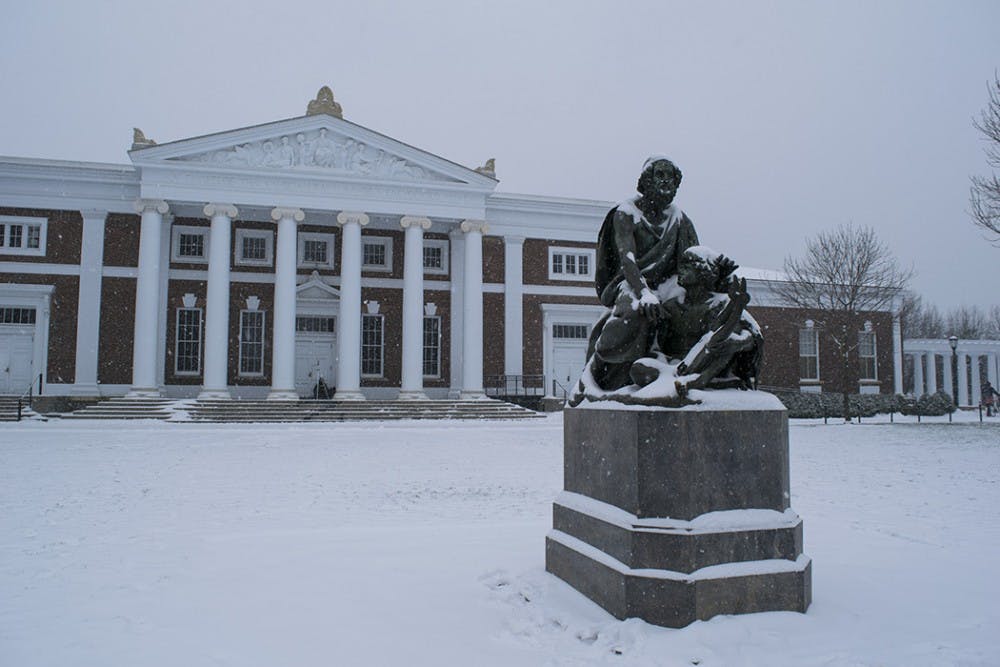The Virginia Foundation for the Humanities partnered with the Google Cultural Institute to create a digital exhibit commemorating Virginia’s rich history of gospel music. The exhibition launched Feb. 1.
The Google Cultural Institute is a non-profit arm of Google which digitizes artwork, allowing people around the world to view artifacts as if they were in a museum. To commemorate Black History Month, the Google Cultural Institute launched an online collection and asked the Foundation’s Folklife Program to develop an exhibit about African American culture in Virginia.
Members of the Folklife Program — including Director Jon Lohman and Media Specialist Pat Jarrett — decided to develop an exhibit with digital recordings of gospel music from eastern Virginia.
“Eastern Virginia Gospel” has artifacts including videos, photographs and gig posters. The exhibit showcases three different musicians — the late Reverend Maggie Ingram, the Paschall Brothers and Charlie McClendon. Ingram and the Paschall Brothers had previously worked with the Folklife Program to preserve their uniquely Virginian gospel music, so the style and its culture could be passed down to future generations of Virginian musicians.
For example, the Paschall Brothers sing in “Tidewater Quartets,” which are a capella groups with at least six performers who perform songs in a four-part harmony. McClendon is famous for introducing white audiences to music traditionally performed by African-American artists.
Jarrett said the Virginia Folklife Program decided to focus in-depth on three performers in order to play to their strengths of detailed research.
“We prefer to build long lasting relationships and learn all we can,” Jarrett said. “The exhibition has a broad spectrum, but you won’t find many pieces that go as deep as ours.”
When Google asked the Folklife Program to develop an exhibit about black culture in Virginia, the decision to focus on gospel music was simple, Jarrett said.
“In Virginia we have a very strong gospel tradition in the eastern part of the state, historically,” Jarrett said. “When someone like Google comes to us and tells us they want us to put something together about Virginia, the gospel tradition pops to mind immediately.”
Jarrett said the music he hears on the radio is often reminiscent of the music of the artists showcased in the exhibition.
“It’s important for us to make aware to the rest of the world the caliber of musicians that are born, live and die here in Virginia,” Jarrett said. “Their music should be shared and preserved and celebrated.”







